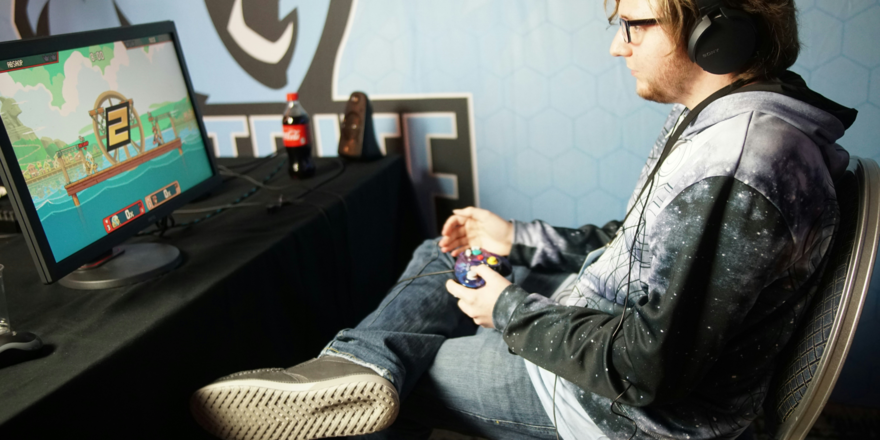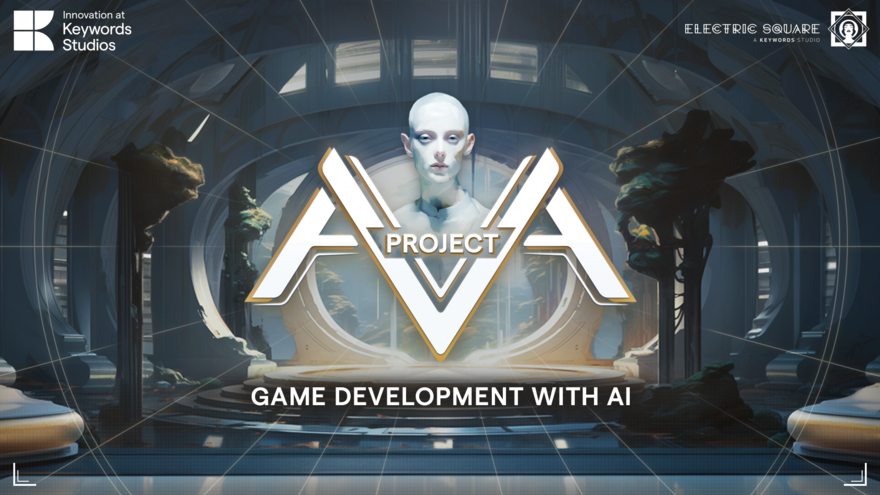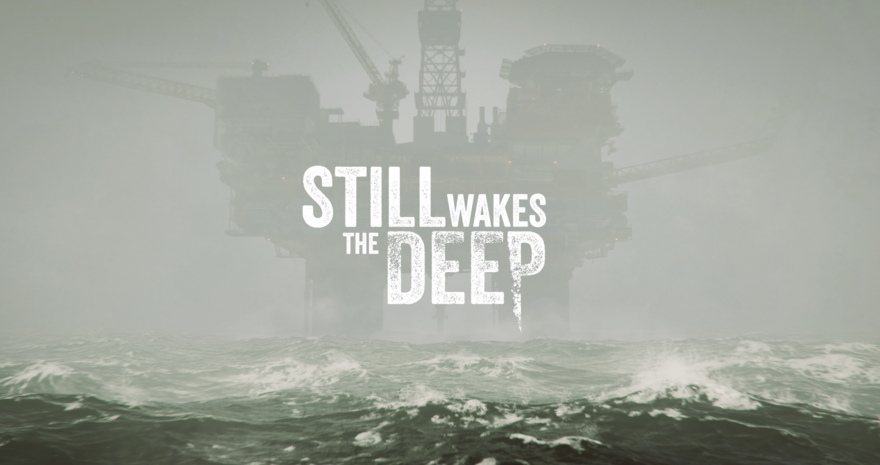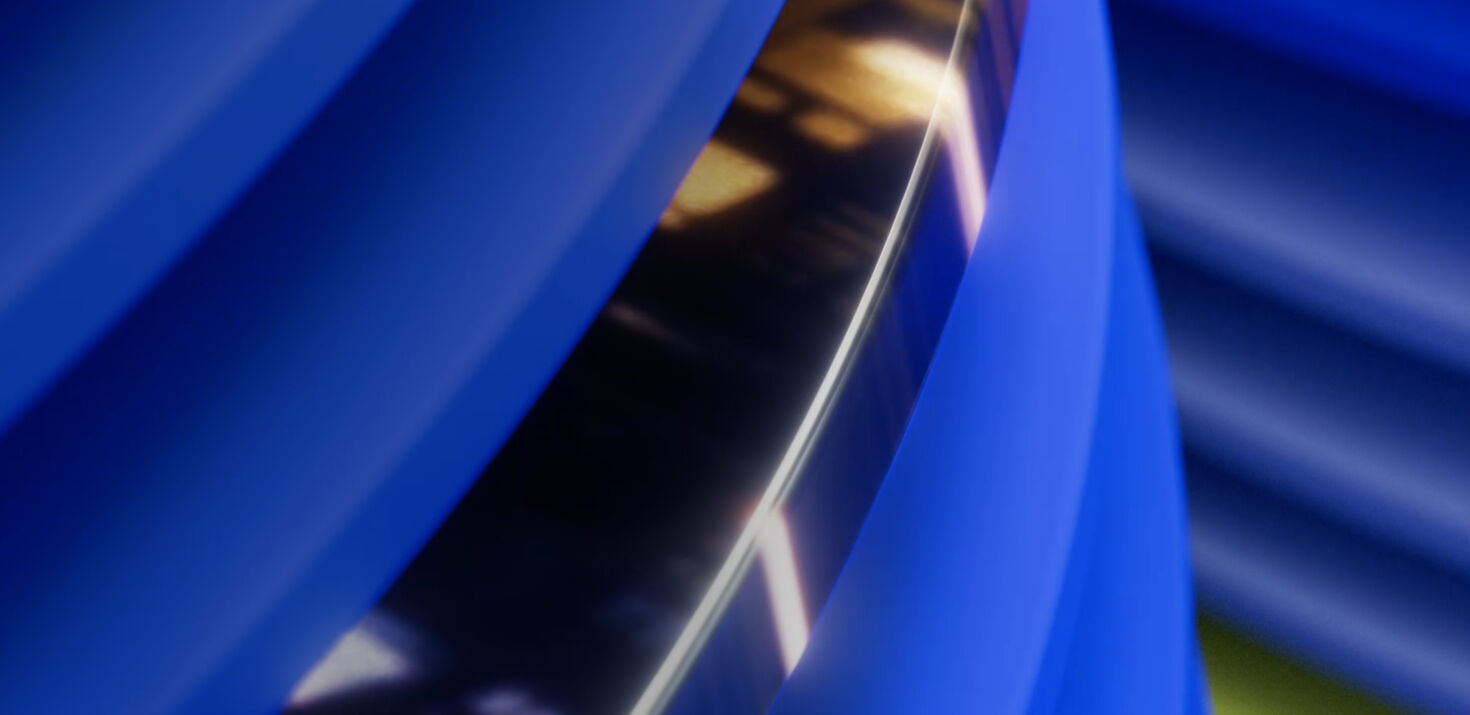5 Top Indie Trailer Tips from My 14 Years of Trailer Making
So, you have a great game. Of course you do, you've been working on it for ages, but now it's come to market the thing. Different kettle of fish, isn't it?

Creating a great trailer, particularly if this is your first time doing so, can be a daunting task - Where do I start? What should I show? How about style? What about audio?
There’s a lot of questions, but Creative Director Moog Gravett from TrailerFarm is here to help with the answers. Here are some of his best tips to help you on your way to making something awesome and announcing your new game with aplomb.
1. First Impressions First
The opening seconds are everything. On social media, the rule of thumb is that you have 1.6 seconds to grab a viewer, so make that count. Whatever style you want to go for, don’t start slow paced. Your game deserves the viewers attention, but you will have to prove it. Capturing their attention is the first hurdle. Don't be tempted to do the long fade in over a misty battlefield for 5 seconds or a pensive view of the sky. Unless your unique art style is enough to be the hook alone, save those things for when you have a bit more of an audience.
Instead, hook your audience with a striking visual, an intriguing line, or a moment that raises questions. You can work on pace in a bit (you’ve got 30 - 90 seconds to do that) - but for now, you’re looking for that BAM!
2. Represent Faithfully
Your trailer should reflect the true spirit of your project. Particularly with indie games, what the viewer wants to see is… wait for it… what the game is like! It can be tempting to lean into something very flashy to draw the audience’s attention, but under most circumstances, it’s best to get straight to the heart of the game and lean into showing the player all the cool stuff they'll get to do. You want to be selling the experience, rather than the product.
Which brings me to this sub point - Find the core of what makes your title special and put it out at the front of the shop. I know you love it all, but you need to be critical, and somewhat brutal, and think about the top line elements that you want the viewer to know about your game. Try this - write out every cool thing on a piece of paper (I know - old school) then cross them off until you're left with the top three. This is your core. It could be an emotional hook, amazing graphics, insanely unique gameplay features - whatever. But frankly you don't have time to show all the subtle details. Again, that can come later once you have the attention.
When you're thinking about your key components, you can of course layer in the smaller details, but I recommend you don't call too much attention to them too early on. People who are intrigued will rewatch, replay, and love the detail. We should absolutely include this, but at this stage it is about capturing your people with those clear key messages about your game.

3. Audio is Your Friend
Yeah - I know. It's a sad truth that a huge amount of viewers will watch your masterpiece on a phone with the audio off. But please, PLEASE don't take that as permission to downplay the power of great audio. Find a track that drives the trailer forward and supports the style of the trailer you want to make. You probably don't want to use your game music (unless you have a very specific kind of game music). Why? Well, game music is designed for the long form, for immersion - whereas a track designed to be 30, 45 or 90 seconds will have a better arc and have the focus you will want. There's a bunch of great library providers you can go to who don't charge the earth for surprisingly excellent tracks.
Consider not leaning on your game SFX only – be sure to add extra impactful audio to sell high points in your trailer or accent a suspenseful moment.
I promise you - a great audio pass will improve your trailer immeasurably.

4. Narrative Or Not?
This is a trick question - the answer is narrative. Always.
But that doesn’t necessarily mean you need a voiceover telling a story (although you can), rather that you must consider the narrative you want to tell your audience with your trailer to have it make sense. Sure, you 'could' just throw a bunch of capture clips on a timeline, but there would be no flow and it will just feel confusing to watch.
Even if the story you choose to tell is simply 1) highlight my character, 2) show them in trouble, 3) showcase the technique the player will utilise - then this is a constructive narrative and by having that, you will be able to take your viewer on a journey. So use those key points you worked out from number 2 and craft that flow.
That said, you totally can add a more traditional story to your trailer. This works particularly well if the game's nature is such that it would be difficult to understand from watching it alone.
Some of the most well received trailers we've made use this method. We had a top-down zombie survival game a while back, which we gave a fun narrative, exploring the cyclical nature of the game loop. With a well-cast actor performing the read, it really came to life and supported the game style, rather than distracting.

5. Wrap Up in a Big Way
Firstly here, don't overstay your welcome. “What do you mean, my games incredible!” I hear you say. I know. I really do, and it is. It's lovely. But remember, you just need to give the viewer enough information to allow them to continue to explore the title on their own or chuck it on a wish list. It's your calling card, not a TED talk.
Think about it realistically. How much time do you actually need to make your point? That's how long your trailer is. Don't repeat information or labour points. Once the information is given, move on. One exercise you can do, if you have a cut that is 2 minutes or so, is to cut it down to 30 seconds. That's right. Get rid of three quarters of it. This will tell you two things: firstly, you'll better understand the things that you absolutely can't do without, and secondly, you will understand the things you really miss. But I guarantee you, you'll find some things to cut. 60 seconds is good. 30 seconds is good if you can tell your story in there, 90 is the outside, anything more than that and you'll lose a significant portion of the audience who won’t get to the end slate to see the game name and the all-important CTA.
Your last shots should be big. Save a staggering moment for the end and build the intensity of your trailer up to enhance the excitement. You can show bigger enemies, massive threats, shockingly beautiful emotional moments… what you got? Often, building up the pace of the edit is a great technique. Building faster cuts up to a final crescendo. Leave a lasting impression. End with a strong moment - whether it’s a dramatic visual, a punchline, or a cliffhanger.
For the final hit, the end slate, the game name should stand out clearly. Don't drown the page in information, but add a simple call to action: “download now”, “wishlist now”, or “Coming on 1st July 2025” (or, well, probably the actual date of your release, otherwise things could get confusing).
Image sources:









